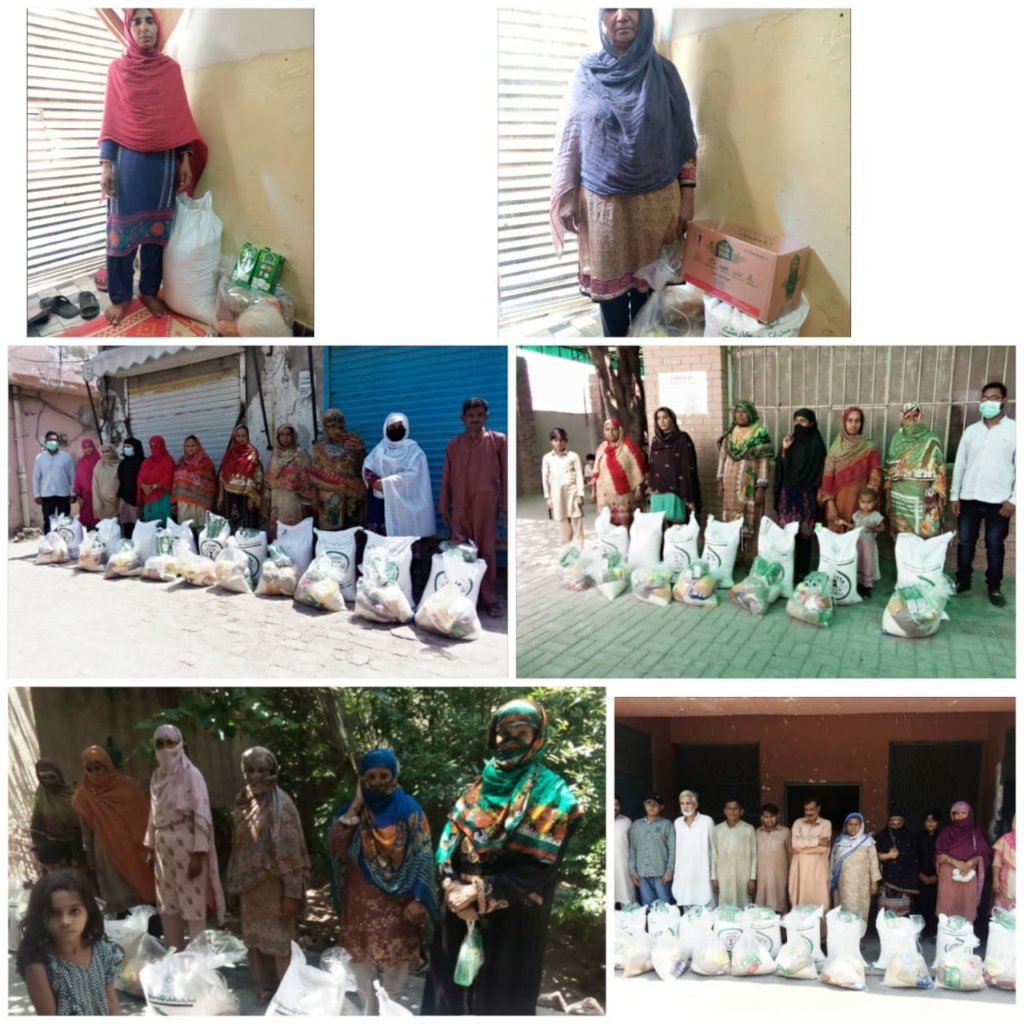By Aazer Durrani | Head of Marketing
A recent news item referred to the World Bank’s Poverty Outlook on Pakistan and said that there could be 39.2 percent population currently living below the lower middle income poverty line. This number stood at 35.7 percent in fiscal year 2019-20. The outlook also warns that there could be two million people who may have fallen below the poverty line including 40 percent of households suffering food insecurity in Pakistan.
A similar warning has also come in the Planning Commission’s Annual Plan 2021-22 which said that after incorporating the impact of COVID-19, there could be 25.4 percent people below poverty line using 2018-19 household income and expenditure survey. The challenge is much bigger – COVID-19 and its impact was exacerbated by natural disasters such as locusts attack, crop failures, climatic effects in cotton sector, food and rural inflation.
This growth in poverty, in its various forms, is going to impact people’s abilities to invest in their health, education, and essential social services. Challenges in accessing or affording any of these services could easily put Pakistan’s efforts toward achieving Sustainable Development Goals (SDGs) in jeopardy.
Currently, the federal government and provinces do not seem to have an integrated plan to battle increases in poverty. Any poverty reduction strategy will have job creation as the center piece.
However, employment creation may be essential to pull people out of poverty but it is certainly not enough to keep them there over the long term as future economic shocks occur.
A sustainable poverty reduction strategy will need to strengthen resilience at an individual level and at the same time empower the poor through the creation of assets — which could be used at the time of future economic shocks. Such an empowerment requires urgent public investment interventions.
More than 40% of households suffered from moderate to severe food insecurity. The situation has further worsened since July 2021 as a result of the pandemic crisis i.e. fourth wave of COVID19. As the economy has shrunk, the rate of unemployment and poverty has risen. The worst affected are the poorest segment of the population, who are more likely to be wage labourers, peasant farmers, women, and children.
NUR Foundation took an initiative in 1985 and started a program known as NUR Community Outreach Program (NCOP). The purpose was to serve the community in various sectors including, health, education and employment. Additionally, various programs under the aegis of NCOP are working to ameliorate poverty. One such program is NUR Sandooq which not only is providing food to the poor but also focuses on providing clothes. The idea behind it was to make storage facilities for donated clothing in all the elite areas of Lahore and to encourage people to donate apparel items for the underserved community. In execution of the plan, one dedicated room known as Sandooq is placed in Fatima Memorial Hospital, Shadman Lahore. The donors often come and drop off apparel items in the Sandooq and those items are then distributed among the underprivileged people living in the backward areas of Lahore including Malikpur, Nainsukh, Lakhodair and Gajjumata.
There are a total of around 2,300 students currently enrolled at NUR Foundation schools and they all belong to impoverished backgrounds and are unable to afford two basic meals of the day let alone clothing items. Hence, we wish to increase our donor base in the future which would help us in meeting the clothing needs of the children at NUR schools.
Our valued donors have always supported the cause and we urge you to keep supporting us so that maximum number of families can benefit.
Thank you so much.
Project reports on GlobalGiving are posted directly to globalgiving.org by Project Leaders as they are completed, generally every 3-4 months. To protect the integrity of these documents, GlobalGiving does not alter them; therefore you may find some language or formatting issues.
If you donate to this project or have donated to this project, you can receive an email when this project posts a report. You can also subscribe for reports without donating.
